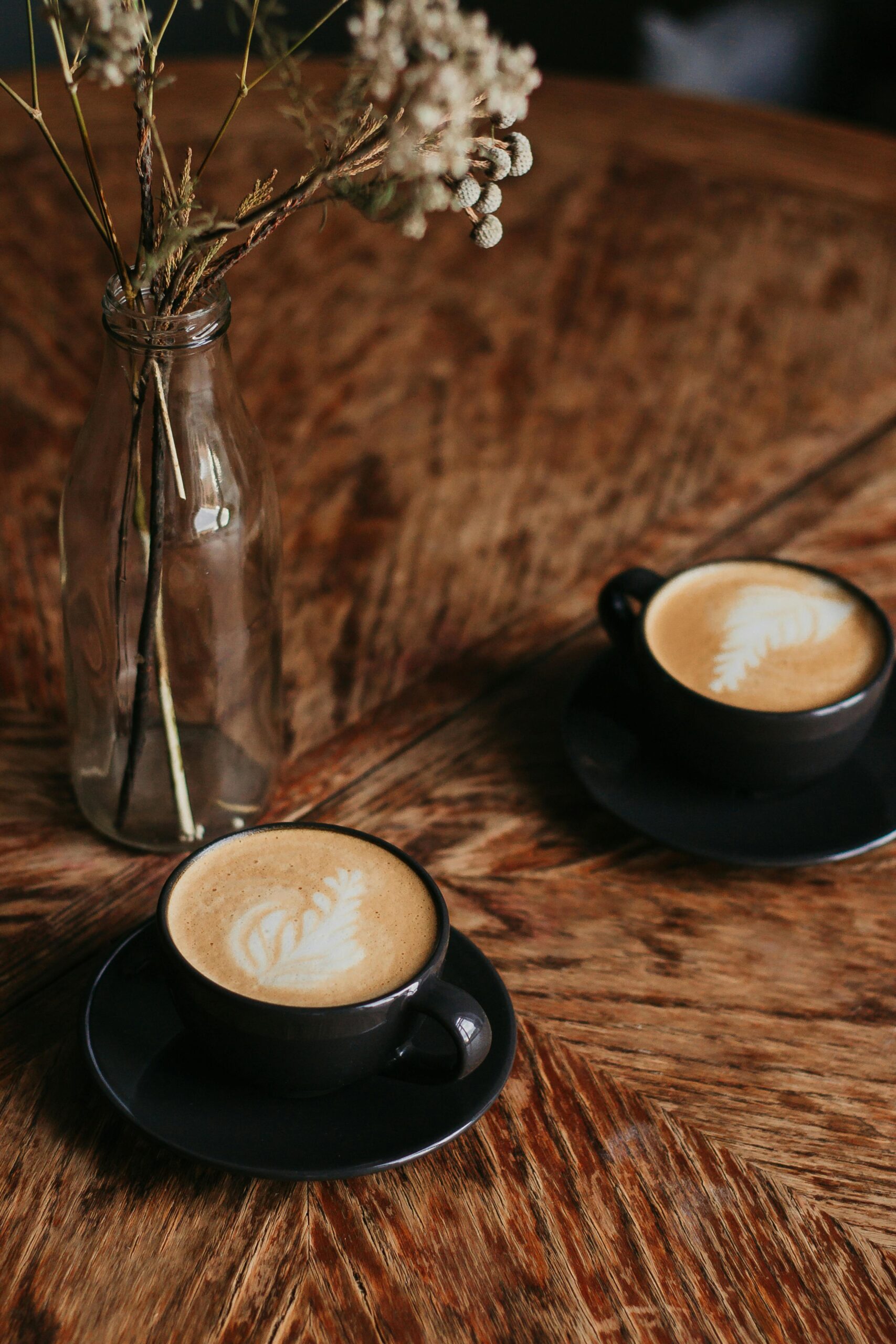Zero-waste cafés are more than a trend they’re sustainable, community-driven spaces that inspire eco-conscious living. By adopting creative strategies like upcycled furnishings, reusable tools, compost systems, and no single-use options, these cafés reduce waste while enhancing aesthetic appeal. In this article, we’ll explore zero-waste café models such as Early BKK in Bangkok and show you how to bring their ethos into your home coffee routine. Get ready to brew better and waste less.
1. Learn from Early BKK Café’s Upcycling Ethos
The Early BKK café in Bangkok uses recycled milk cartons, beer bottles, and re-board (plywood from recyclables) for its décor . This approach demonstrates how using salvaged materials can elevate your home coffee corner. Think thrifted trays, vintage mugs, or even repurposed jars all contributing to the zero-waste aesthetic.
2. Follow the Five “R’s” of Zero-Waste Philosophy
Nossa Familia café emphasizes the principle that true zero waste is nearly impossible but striving through Refuse, Reduce, Reuse, Recycle, and Rot (composting) makes a difference Harvesting Roots. At home, you can start by refusing single-use bags, reducing over-packaging, reusing jars, recycling or composting coffee grounds—building a circular, mindful routine.
3. Build a Zero-Waste Coffee Station Step by Step
Start your setup with the essentials: reusable filters (cloth, metal), bulk beans in refillable containers, a French press or pour-over system, and a compost bin for grounds all prese ted beautifully on trays or in labeled jars Atlantis Lights. This station mirrors café functionality and encourages sustainable habit formation.
4. Embrace Reusable Brewing Methods
Methods like French press, pour-over with metal filters, AeroPress, or reusable pods are staple zero-waste options One Hundred CoffeeEarth TopaxtonZero Waste. Not only do they reduce filter and packaging waste, but many produce better flavor too—a win for both your taste and the planet.
5. Compost Your Coffee Grounds
Used coffee grounds are gold in your compost bin. They enrich soil with nitrogen, improve water retention, and can even be used as deodorizer or exfoliant One Hundred CoffeeNowhere Coffee ClubEarth Topaxton. A simple countertop compost container makes it easy to close your own organic loop.
6. Replace Single-Use Cups with Reusables
High-waste cafés like Cat and Cow in Sydney use strategies like mug libraries, swipe systems, or BYO options to significantly reduce disposable cup waste saving hundreds weekly The Guardian. At home, choose well-insulated, durable mugs or travel tumblers stylish and sustainable.
7. Choose Plastic-Free Coffee Tools
Food & Wine recently featured ceramic drippers, hemp filters, stainless-steel presses, and wooden coffee scoops as practical zero-waste tools free of plastic pollution Food & Wine. These items not only cut waste but are visually appealing and long-lasting.
8. Buy Beans in Bulk with Reusable Bags
Skip single-use packaging by using reusable cloth or mesh bags to transport bulk beans, then store them airtight at home Harvesting RootsAtlantis Lights. This reduces waste and often saves money, while supporting a sustainable sourcing chain.
9. Audit Your Waste and Start Composting
Begin by observing what ends up in your trash grounds, packaging, filters and then act. Turn organic waste into compost and find sustainable alternatives for packaging Harvesting Roots. Even small habit shifts accumulate significant environmental impact.
10. Share Circular Practices with Community
Cafés with zero-waste models often speak to a broader community mission. Utilize composting programs, swap containers, or simply share your home station tips with friends or local groups. Online zero-waste coffee communities also offer great inspiration One Hundred CoffeeBambú Living Sustainably.
11. Incentivize Reuse with Rewards
Cafés frequently offer discounts or rewards for bringing reusable items. Apply this idea by creating self-incentives—like a “no disposable cup day” treat—to reinforce sustainable habits at home.
12. DIY Eco-Friendly Coffee Accessories
Make your own tasty syrups, cloth filters, or beeswax wraps for station aesthetics and waste reduction Atlantis Lights. These DIY and handcrafted touches add personality while staying green.
13. Learn from Waste-Free Restaurants
SILO, a renowned zero-waste restaurant in London, operates with closed-loop systems composting food scraps, upcycling materials into furniture or dishes, and sourcing unwrapped produce Food & Wine. While this is scale intensive, it can inspire home-level upcycling of cupboards, furniture, or decor.
14. Combine Sustainability with Aesthetic Appeal
As seen in café imagery above, zero-waste can be beautiful. Use natural textures, upcycled elements, and organized displays to craft a coffee station that’s both eco-conscious and stylish and invites enjoyment of each sip.
Must-Watch Inspiration Video
This video shares practical zero-waste tips like reusable cups, composting grounds, and eliminating pods—that perfectly complement this article’s advice.
Your Café-Inspired Zero-Waste Home Ritual
By adapting zero-waste café principles upcycling, reusable brewing, real composting, bulk purchasing, and thoughtful design you can transform your coffee routine into an eco-friendly ritual. Small changes accumulate into a meaningful, sustainable lifestyle. Your morning brew can now taste better and mean more.

